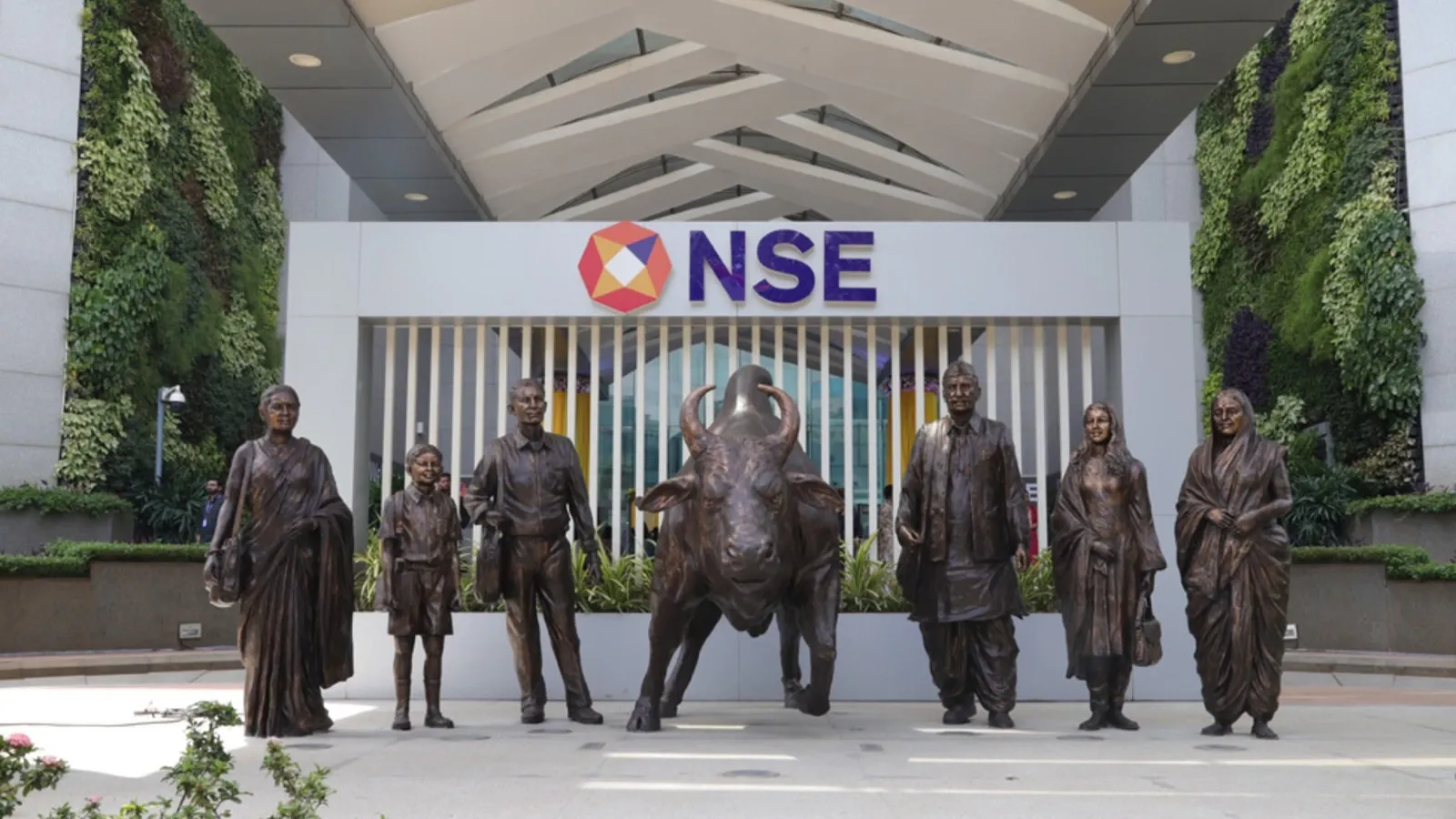Market News
SENSEX, NIFTY drop 7% from record highs but Morgan Stanley sees revival in growth cycle ahead; here is why
.jpeg)
4 min read | Updated on September 01, 2025, 16:57 IST
SUMMARY
The NIFTY50 index is currently down 7% from its all-time high of 26,277.35, and the 30-share SENSEX has dropped 7.17% from the record high of 85,978.25 it touched on September 27, 2024, data from the stock exchanges showed.

The foreign institutional investors sold shares worth ₹34,993 crore in August. Image: NSE
The NIFTY50 index is currently down 7% from its all-time high of 26,277.35, and the 30-share SENSEX has dropped 7.17% from the record high of 85,978.25 it touched on September 27, 2024, data from the stock exchanges showed.
The decline in markets, which started in October last year on the back of record selling by foreign institutional investors (FIIs) and expensive valuations Indian markets were commanding then, seems to be unabating.
The latest round of decline in markets came after the United States imposed 50% tariffs on Indian merchandise, which analysts say could potentially impact India's growth by 0.2-0.5%.
The FIIs sold shares worth ₹34,993 crore in August, and they have been net sellers of Indian equities worth ₹1,30,635 crore so far this year, data from National Securities Depository Limited (NSDL) showed.
Amid a lot of pessimism around Indian equities, global investment bank Morgan Stanley says that the market participants may be underestimating the likely turn in the growth cycle and earnings, and the market peak is in front of us.
Morgan Stanley noted that India will gain share in global output in coming decades on the back of strong foundational factors, including robust population growth, a functioning democracy, macro stability-influenced policy, better infrastructure, a rising entrepreneurial class, and improving social outcomes.
"The implications are that India will become the world’s most sought-after consumer market, it will undergo a major energy transition, credit to GDP will rise and manufacturing could gain share in GDP," Morgan Stanley's Ridham Desai and Nayant Parekh said in a report titled 'It is about Confidence in Growth.'
In its base case scenario, Morgan Stanley expects SENSEX to hit 89,000 by June 2026, indicating a 12% upside.
"This level suggests that the BSE SENSEX would trade at a trailing P/E multiple of 23.5x, ahead of the 25-year average of 21x. The premium over the historical average reflects greater confidence in the medium-term growth cycle in India.
India's lower beta, a higher terminal growth rate, and a predictable policy environment," Morgan Stanley said.
While in the bear case scenario, SENSEX is likely to go down to 79,000 if oil prices surge past $100 per barrel, the Reserve Bank of India (RBI) ends up tightening to protect macro stability, global growth slows meaningfully, and notably the US slips into recession.
Morgan Stanley added that weak earnings growth, which started in the second quarter of last financial year, seems to be ending, but the market participants are not yet convinced.
However, the global investment bank said that a dovish RBI stance, likely GST reforms, a good monsoon season, recovery in consumer confidence, thawing of relations with China and likely improving capex are reasons that can lead to growth for Indian markets.
"It seems, at least, foreign portfolio investors are attaching more importance to the issue of Russian oil imports between the US and India. A final trade deal with the US, more RBI easings, signs of uniform improvement in high-frequency data and slowing equity returns outside India could act as catalysts," Morgan Stanley said.
Morgan Stanley noted that foreign portfolio investor positioning is at its weakest since 2000, but the Indian market's low beta implies outperformance in a global bear market but underperformance in a bull market – as we are currently seeing.
Related News
About The Author
Next Story



